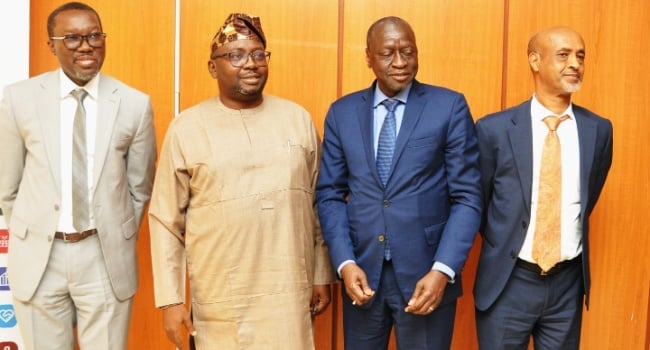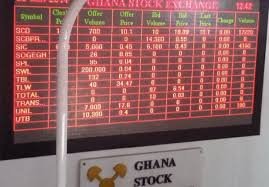Trump's Tariff Policy: Backtrack, Hikes, and Global Impact

In a week of tumultuous economic activity, US President Donald Trump has taken a series of dramatic steps regarding international trade, marked by a surprising pause on tariffs for most countries and an escalation of the trade war with China. The moves have sent shockwaves through global markets, causing significant volatility and raising concerns about the long-term stability of the global economy.
On what he initially termed "Liberation Day," President Trump imposed baseline tariffs of 10 percent on imports from all countries, with higher rates levied on key trading partners such as China and the European Union. These tariffs, activated on Wednesday, triggered immediate backlash and market instability. However, in a sudden reversal, Trump announced a 90-day pause on the higher tariffs for most nations, citing that over 75 countries had reached out to negotiate and had not retaliated. This decision led to a surge in stock markets worldwide, with the S&P 500 climbing 9.5 percent and markets in Asia also rallying.
Despite the pause, President Trump intensified the trade conflict with China. He increased tariffs on Chinese imports to 125 percent, accusing China of a "lack of respect." China responded with retaliatory tariffs of 84 percent on US imports, effective Thursday. This tit-for-tat escalation has prompted warnings from the Director-General of the World Trade Organization (WTO), Prof. Ngozi Okonjo-Iweala, who cautioned that such a trade war could reduce trade in goods between the US and China by as much as 80 percent, significantly impacting the global economy.
Okonjo-Iweala highlighted the broader implications of the US-China trade tensions, emphasizing the potential for negative macroeconomic effects extending beyond the two nations, particularly affecting the least developed countries. She also warned about the risk of global trade fragmentation along geopolitical lines, suggesting that a division of the global economy into two blocs could lead to a long-term reduction in global real GDP by nearly 7 percent. She urged WTO members to address the challenge through cooperation and dialogue.
Trump defended his actions by stating that he aims to revive America's manufacturing base by compelling companies to relocate to the United States. He has been particularly critical of China, accusing the country of excess production and dumping inexpensive goods on global markets. Amid these tensions, China has advised its tourists to "fully assess the risks" before traveling to the United States.
The decision-making process behind Trump's tariff pause was also noteworthy. After days of denying any consideration of a halt, Trump revealed that he made the decision early Wednesday, following discussions with Treasury Secretary Scott Bessent and Commerce Secretary Howard Lutnick. The announcement was made via a lengthy post on his Truth Social network. Press Secretary Karoline Leavitt insisted that these actions were part of a grand strategy to bring countries to the negotiating table and reduce America's trade deficit.
The week's events have left many observers questioning the administration's trade policies and their potential impact on the global economy. While the pause in tariffs provided temporary relief to markets, the ongoing conflict with China and the broader uncertainties surrounding international trade relations continue to pose significant challenges.










